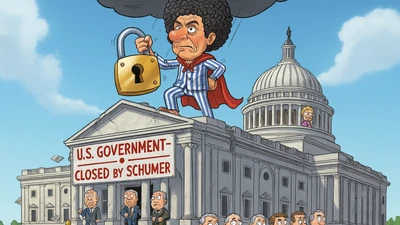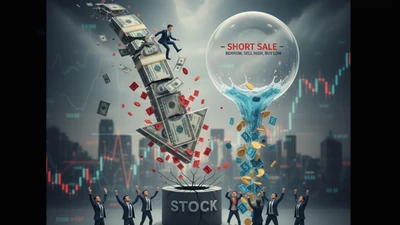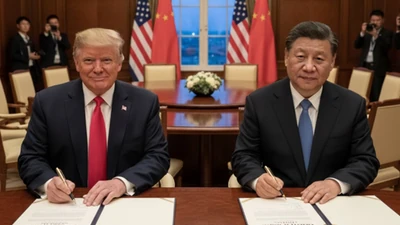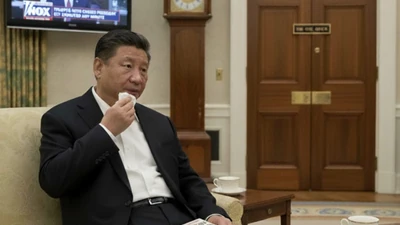Let’s just put it out there — yes, we might be in a bubble. Or at least something that feels like one. You can’t have record valuations, historic levels of debt, speculative AI stocks, and investors sprinting into anything with “growth” in the title without raising a few eyebrows.
Now, the Fed finally cut rates — a quarter of a point. On paper, that’s a modest move. The markets cheered for about five minutes, then started doing what markets do best: overanalyzing every syllable from Powell’s mouth. But the real question isn’t whether the Fed cut — it’s whether that cut is enough.
And the answer is: probably not.
The Quarter-Point Cut — Too Late or Just the Start?
A 25-basis-point cut feels more like symbolism than strategy. It’s the Fed saying, “We see the pressure, but we’re not ready to fully admit how deep it runs.”
Inflation may be slowing, but credit markets are tight, housing affordability is collapsing, and corporate debt is piling up like it’s 2006 again. For investors, this cut doesn’t fix the structural problems — it just delays the visible symptoms.
If anything, it may fuel more speculative risk-taking, which only keeps the bubble inflated.
In other words, the Fed may have pumped a little more air into the balloon when the smarter move might have been to let some out gradually.
Trump’s Trade Deals — The Real Economic Catalyst
Now, there’s another force reshaping this story that the media keeps glossing over: Trump’s tariff and trade negotiations.
Those deals — not in isolation, but as part of a broader economic strategy — have rebuilt leverage for the U.S. at the negotiating table. The deals with Europe, Japan, and parts of South America were the foundation for the recent U.S.–China agreement. That sequence matters.
Each step gave the administration stronger footing to secure better terms with Beijing. This isn’t just about tariffs; it’s about leverage, confidence, and domestic reinvestment.
The ripple effects from that approach are showing up everywhere — manufacturing expansion, onshoring initiatives, renewed private capital interest in U.S. infrastructure, and a stronger dollar.
So while some economists are calling this a “bubble economy,” what we might actually be seeing is a recalibration — with U.S. growth driven by real trade advantage rather than cheap debt alone.
So Are We in a Bubble? The Honest Answer
Yes and no.
Certain sectors — especially AI, tech, and speculative growth plays — are clearly overextended. Valuations have detached from fundamentals, and everyone knows it. But not every part of the economy is inflated. Some sectors, like manufacturing, construction, and energy, are still grounded in real demand.
That’s what makes this moment so tricky for investors. It’s not 2000 or 2008 — it’s something more nuanced. Some air pockets are forming, but they’re forming inside an economy that’s actually strengthening under the weight of renewed trade power.
The Timeline Everyone’s Talking About — 6 Months to 2 Years
You’ll hear analysts whispering that the bubble will “pop” in six months, or maybe two years. The truth is, no one knows.
Markets can stay irrational longer than anyone expects. The bigger risk isn’t when the correction comes — it’s whether you’re overexposed when it does.
If you’re holding companies that rely on constant credit, momentum, or hype, you’re skating on thin ice. But if you’re holding companies with cash flow, pricing power, and strategic positioning in real-asset industries — you’re likely on solid ground.
Investor Takeaway
The Fed’s quarter-point cut might calm nerves, but it doesn’t cure the disease. Inflation, debt, and speculative excess are still very much alive. The growth we’re seeing, fueled by the Trump administration’s trade positioning, is creating real opportunity — but also new distortions in capital flow.
If there is a bubble forming, this cut didn’t deflate it — it simply gave it room to expand a bit longer.
Smart investors won’t try to time the pop. They’ll build cash, hold strong operators, and stay exposed to the sectors that benefit from tangible U.S. growth, not inflated valuations.
Because when the balloon finally lets go — and it will — the companies grounded in real productivity, trade advantage, and operational strength will be the ones left standing.











